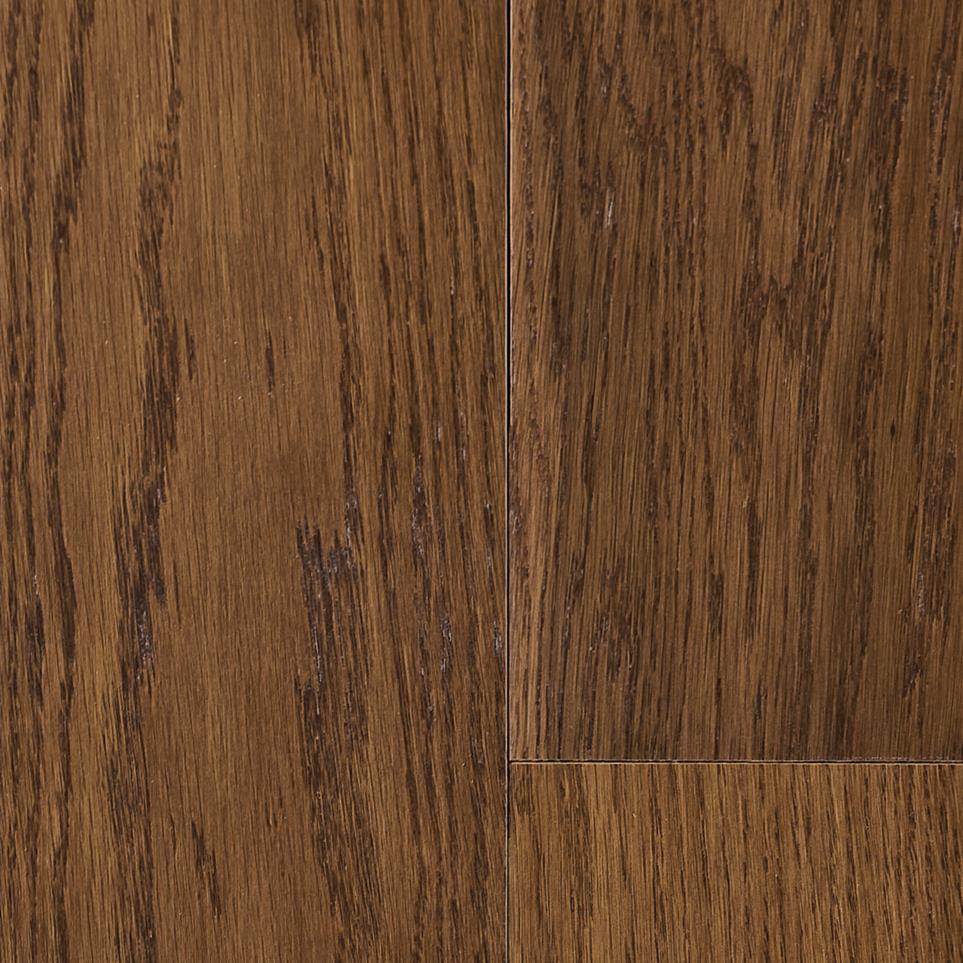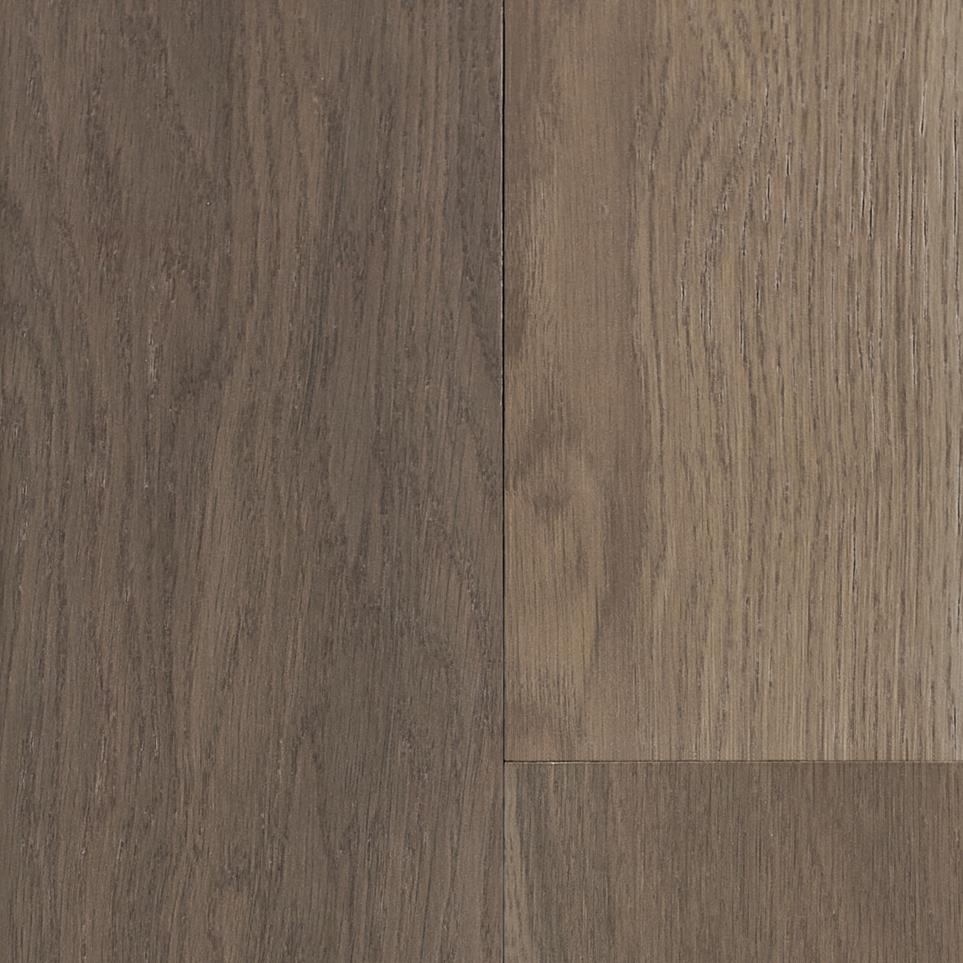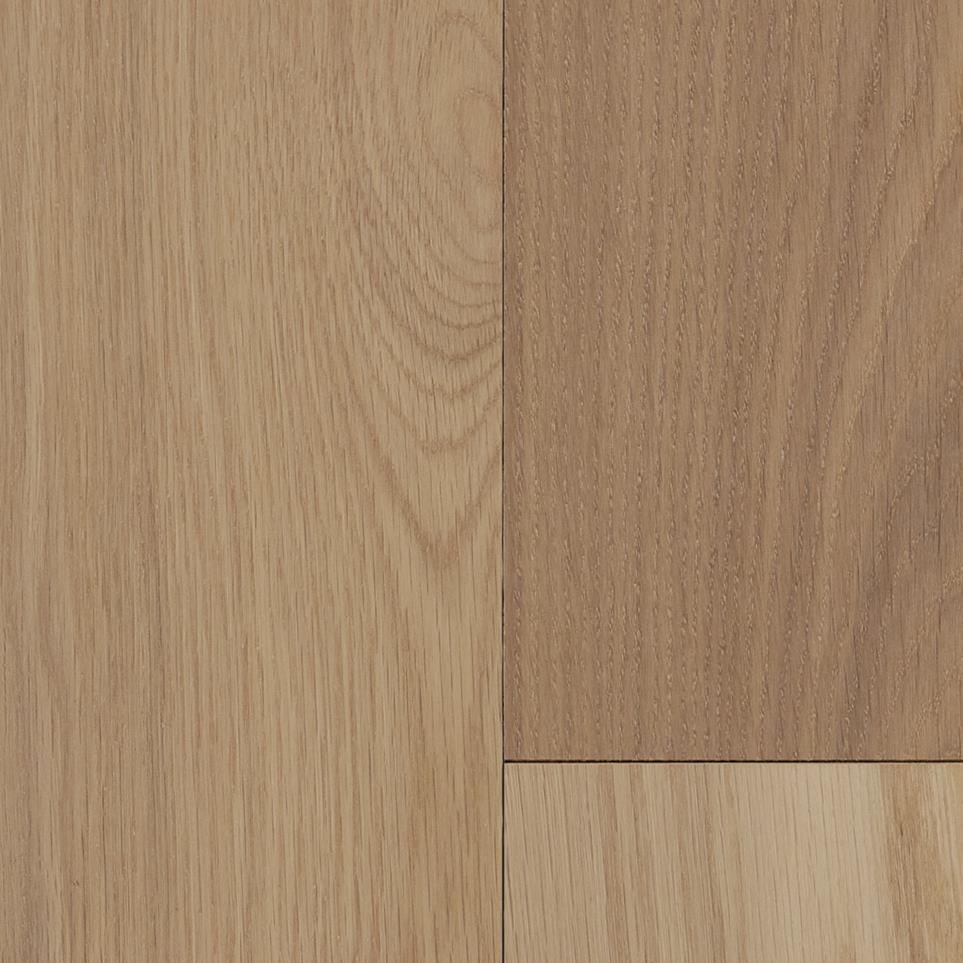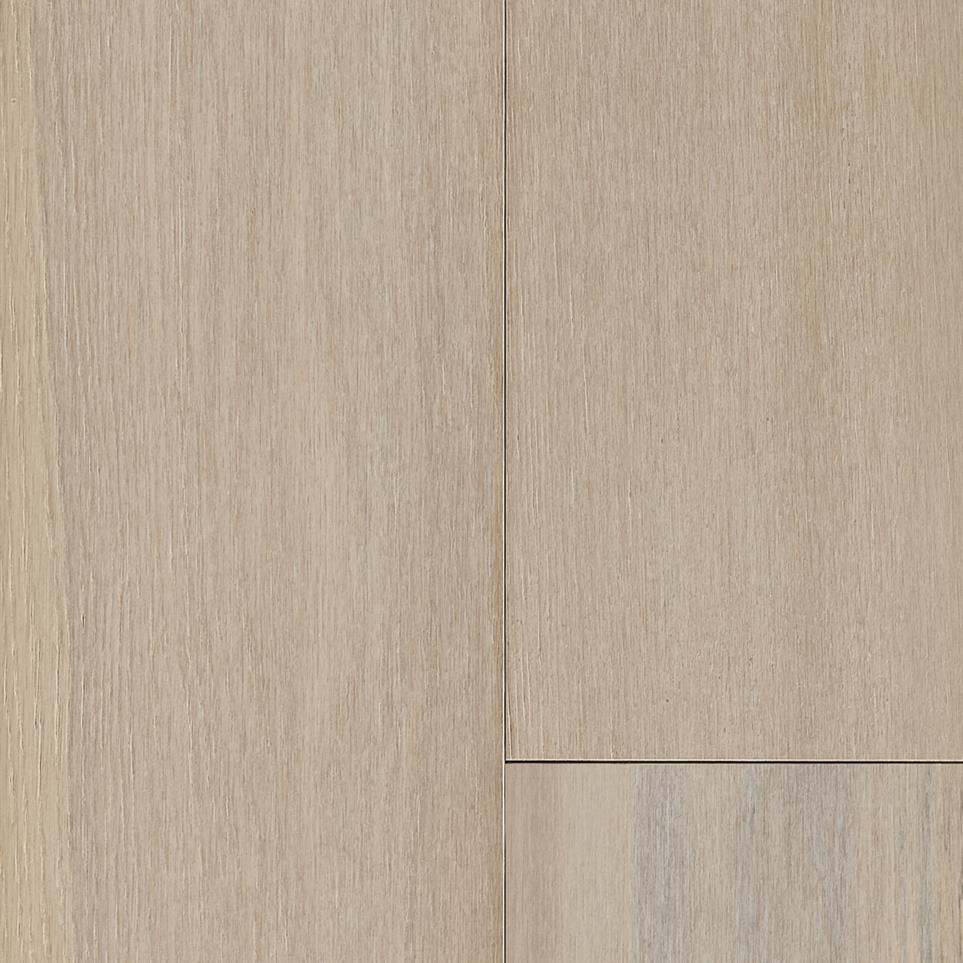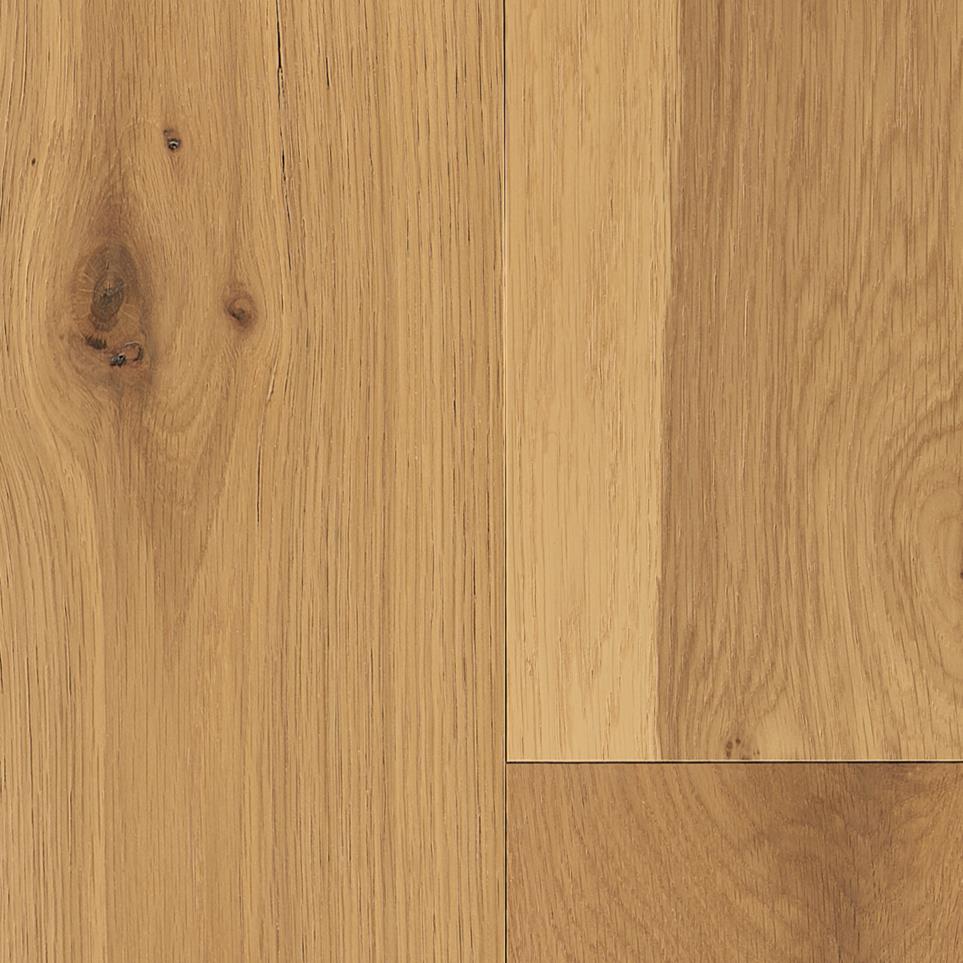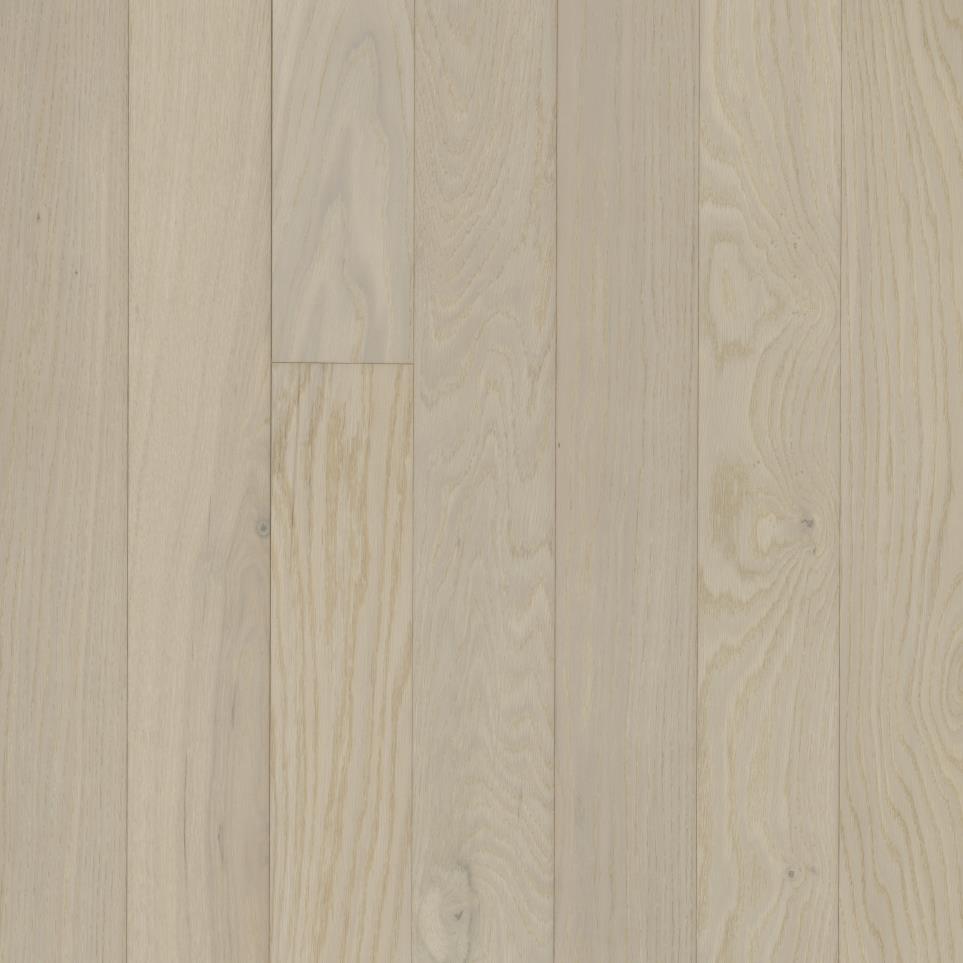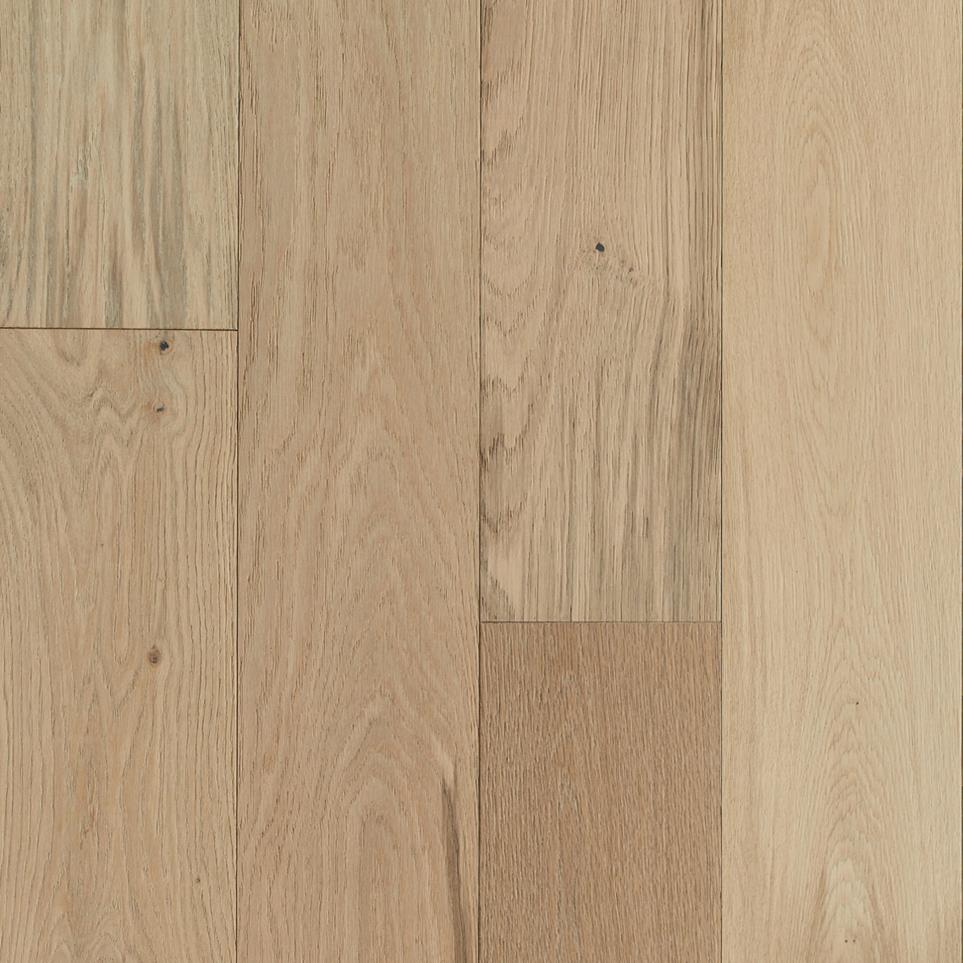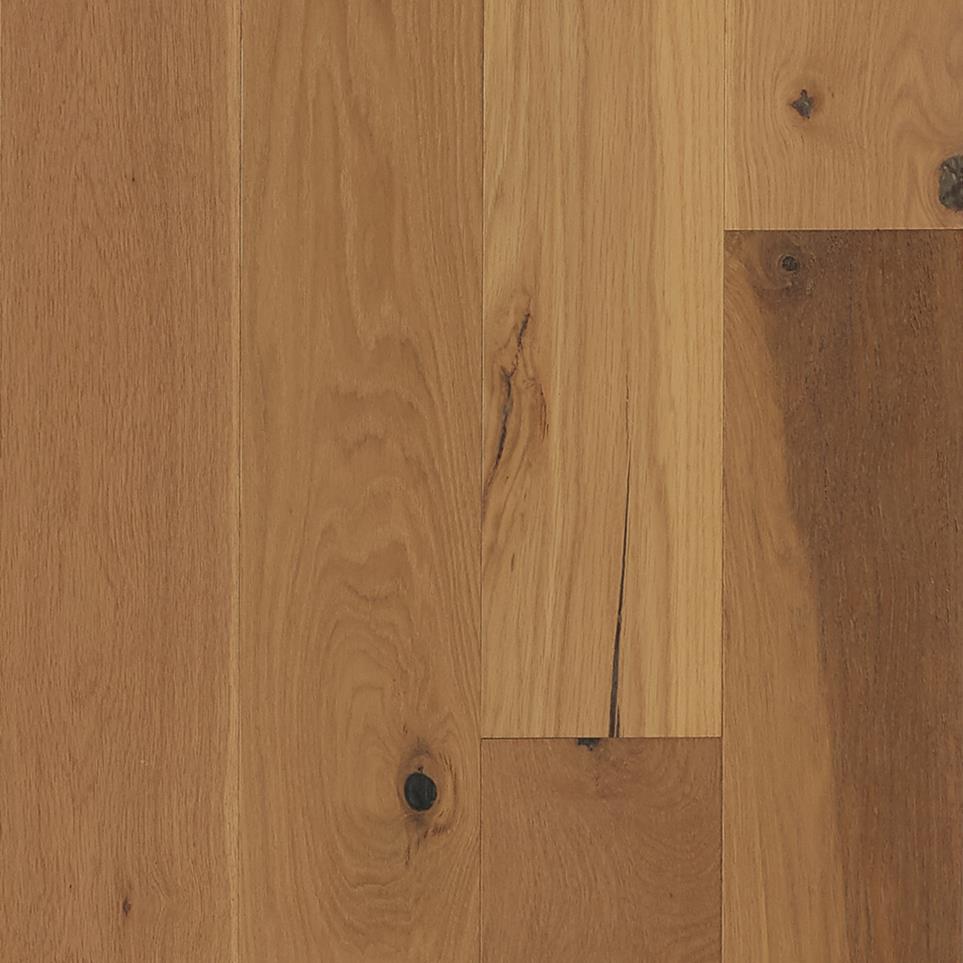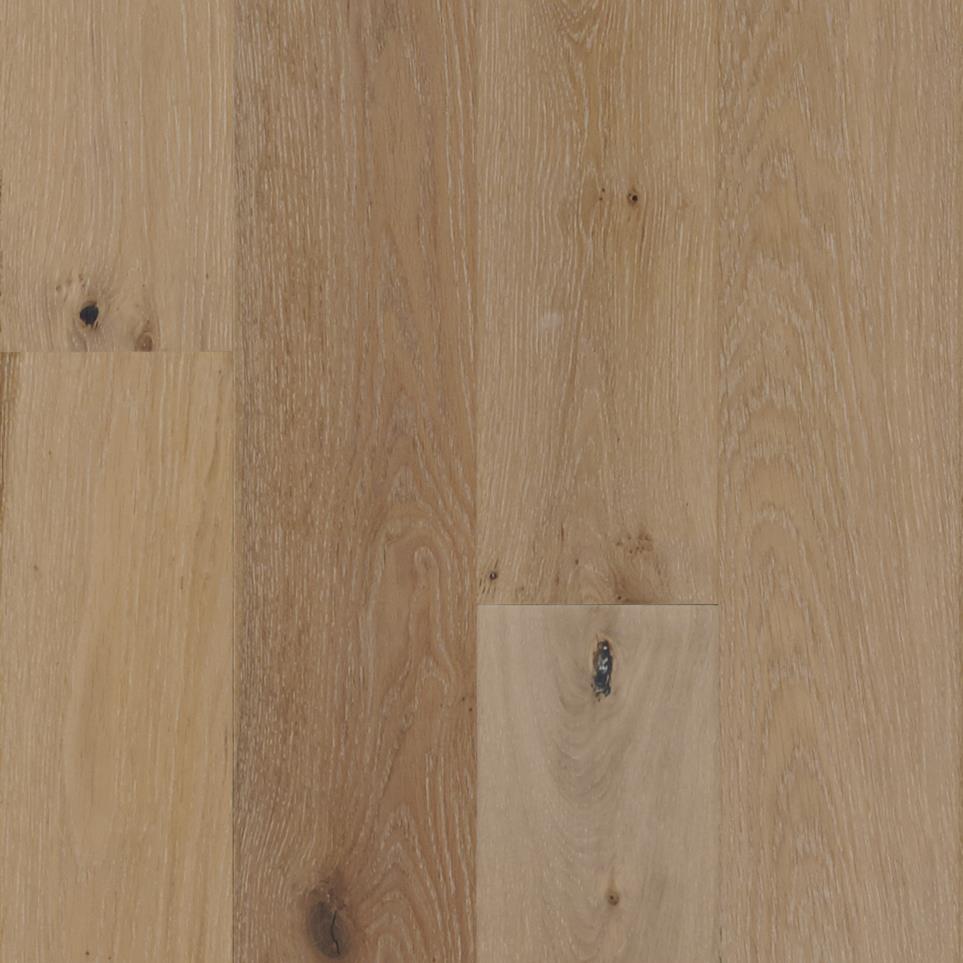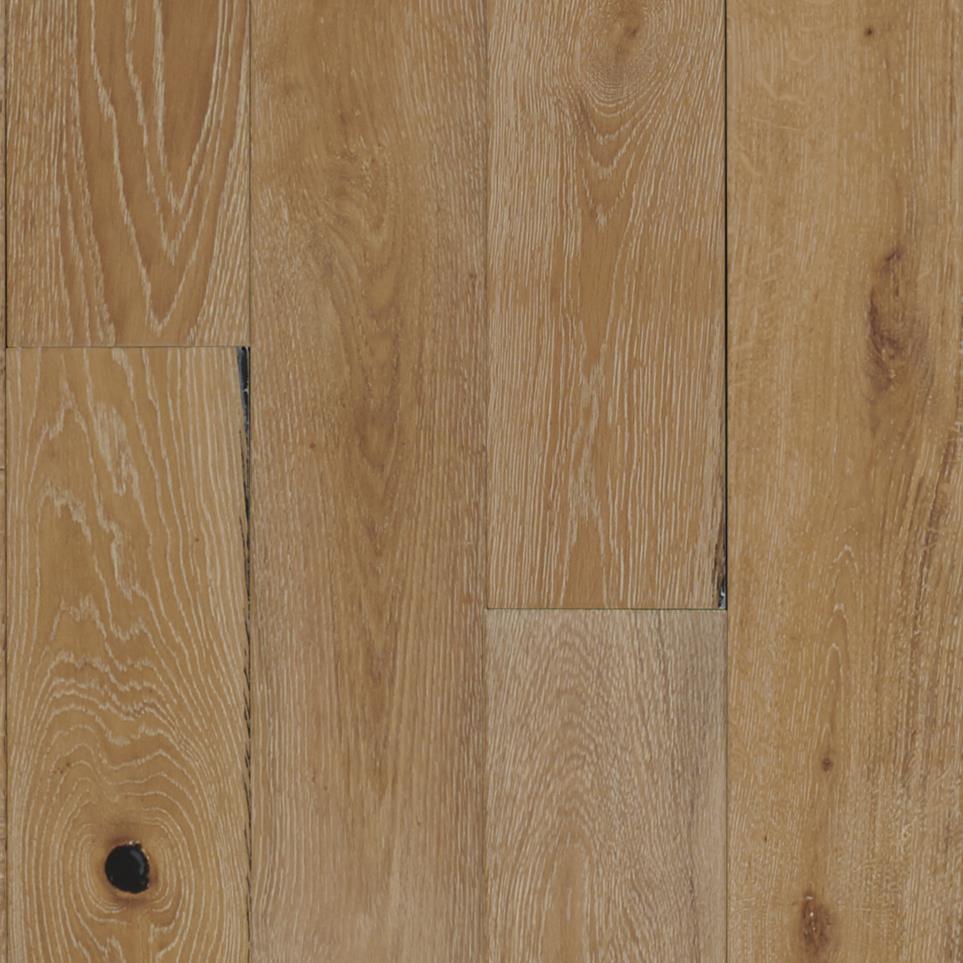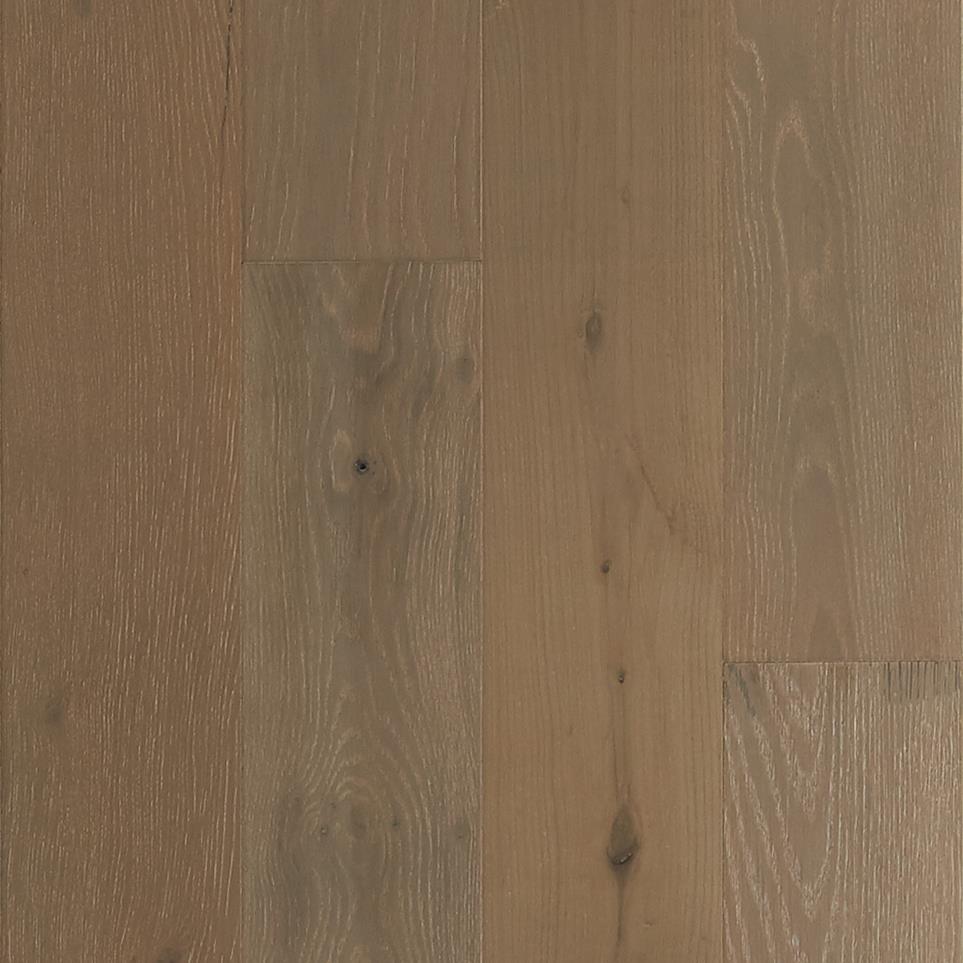Engineered hardwood has several layers of synthetic material, with a top layer of genuine hardwood, to create durable flooring that's water resistant and cheaper than solid hardwood.
Maybe you're about to embark on a months-long remodel, or perhaps the only thing you're planning to update is the floor you walk on. Either way, flooring is a big decision to make and one that shouldn't be taken lightly. You're exploring your flooring options, and you added engineered hardwood to your research list after seeing your mother-in-law's recent renovation. You're skeptical because you don't really understand what it is. So, let's break down the basics about engineered wood flooring.
Engineered hardwood floors combine several layers of manmade materials with a top layer of genuine hardwood to create a durable floor that's water resistant and easier on the pocketbook than solid hardwood. A wear layer covers each plank and protects the wood from surface scratches and dings. The thicker the wear layer, the more protection your engineered wood floor has from your rowdy kids and rambunctious pets.
Whether you've got a clear design aesthetic or you're flying by the seat of your pants, you shouldn't have much trouble finding engineered wood flooring options that catch your eye. Ash, oak, hickory, and red maple are some of the most popular hardwood flooring looks you'll find.
If anything, you might need help narrowing your choices down, in which case your local Flooring America expert is the perfect resource. They'll likely ask you a couple of key questions, such as:
You can bet that flooring products that have "engineered" in their name are created with durability in mind. These man-made planks have a real-wood top layer and offer more strength and resilience, plus hold up to humidity and moisture in ways solid wood can't even begin to imagine.
When you've narrowed your flooring options down to engineered wood flooring, take extra care to consider what wear layer thickness makes the most sense for your home. If you've got dogs and cats running around, a handful of kids you're raising, or a reputation for being the hang-out house for all the neighborhood children, a thicker wear layer with a scratch-resistant top coat may be well worth the investment.
If water resistant engineered flooring seems too good to be true, you're probably expecting a lengthy to-do list when it's time for maintenance. But you'd be wrong! Hardwood engineered floors require fairly straightforward cleaning, beginning with frequent sweeping or vacuuming. Check the manufacturer's care instructions to determine exactly what to do for a deeper clean when your neighbor spills her glass of wine.
Once you've made your decision and paid the bill, you're ready to get the new floors in and start enjoying them! But don't make a careless mistake and let your neighborhood handyman or pro-DIY husband put them in. A proper installation by a skilled professional is the only way to go. An experienced installer will ensure all the necessary steps are followed and with the right tools, which is critical if you want a long life for your floor, not to mention a functional warranty!
Speaking of your floor's lifespan, it's important to know from the very beginning what you need to do to get the most from your engineered hardwood flooring. Other factors that influence lifespan include:
What makes engineered wood floors so popular, anyway? There's a slew of benefits that homeowners who choose engineered hardwood flooring can appreciate, like:
When it comes to downsides, engineered hardwood flooring has a few worth considering. For one, installation can be cumbersome, requiring more time and effort than some other options. The good news is your local Flooring American experts can tackle the job for you. You're also less likely to be able to refinish the top wood layer but check with your manufacturer for guidance specific to your product.
Luckily engineered wood flooring can be installed in nearly all rooms of your home. Its durability and water resistance make it the perfect contender for your messiest areas, including the kitchen, mud room, laundry area, and bathrooms. This engineered flooring even works well in below-grade spaces like your finished but still humid basement.
Though it's incredibly durable, it's still possible to scratch engineered hardwood flooring under certain conditions, especially if you opted for a thinner wear layer. Keeping your puppy's nails trimmed and resisting the urge to lazily drag your heavy furniture around the room will prevent the most common scratches. If you know your children will be moving the living room ottomans to make their pillow forts each weekend, it might be smart to consider higher-quality engineered flooring options with thicker wear layers.
Yes, you can absolutely install your new wide plank engineered wood floors in your basement! The water resistant technology of your engineered hardwood floor makes the humidity harmless, leaving you with less time to worry about floor maintenance and more time to enjoy family movie nights.
Flooring America collects data when you visit our website as described in our Privacy Policy. By continuing to browse, you accept and agree to our enhancing your experience with cookies. Learn more.
